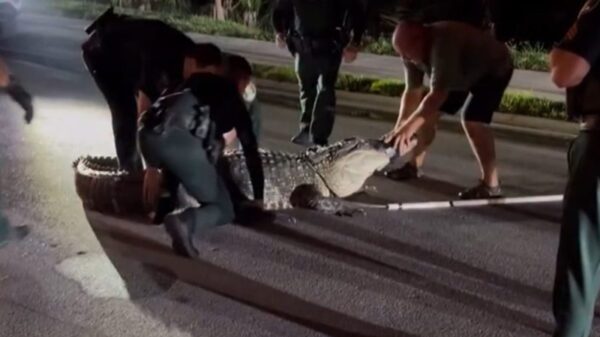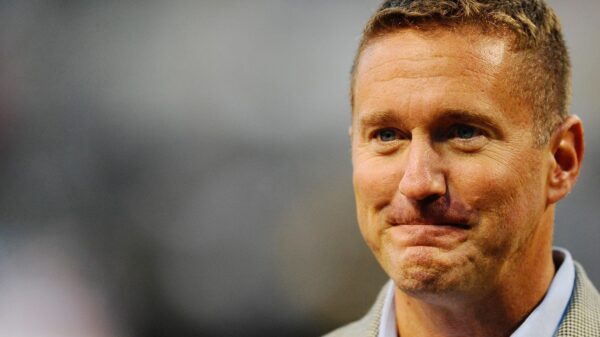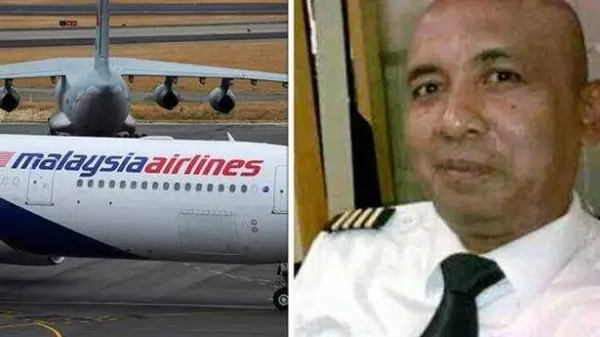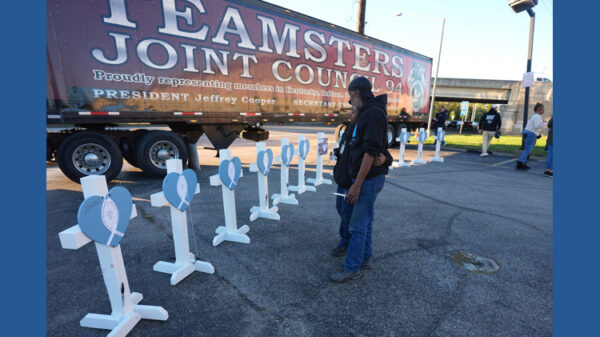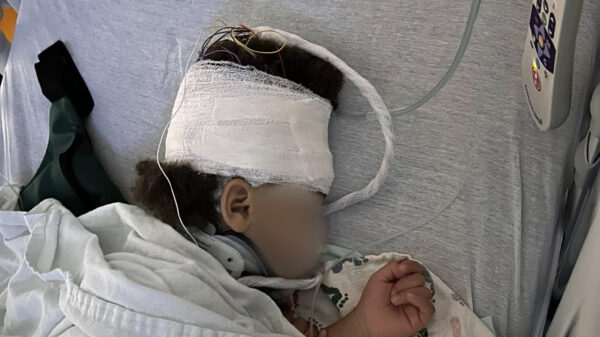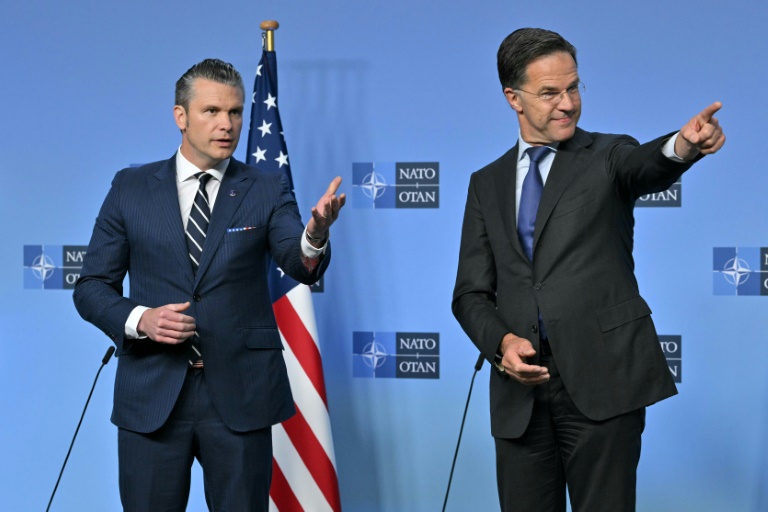NATO defense ministers convened in Brussels on March 15, 2024, to address increasing tensions with Russia, focusing on enhancing the alliance’s ability to counter air incursions from Moscow. This meeting comes amid heightened concerns that Russia is testing NATO’s resolve in a complex landscape that blurs the lines between peace and conflict.
Recent incidents, including multiple violations of airspace in Poland and Estonia, have intensified fears of potential conflict spilling over borders. These violations were compounded by a series of mysterious drone activities that disrupted airports and approached military installations across several European nations. A Western official noted, “In more and more ways, we are in a long-term and intensified conflict with Russia.”
Enhancing NATO’s Eastern Flank
At the meeting, NATO ministers discussed strategies to reinforce the alliance’s eastern flank, particularly after costly engagements with Russian drones in Poland. NATO Secretary General Mark Rutte stated, “We are doing what we trained for, and it works, but we need to do more.”
In response to recent events, NATO has launched a new mission and increased its military presence in Eastern Europe. Some member states, particularly those bordering Russia, are advocating for a more robust approach to deter future incursions. Diplomats emphasized the need to refine NATO’s rules of engagement while addressing the diverse strategies among member nations.
Simultaneously, the alliance is prioritizing the development of anti-drone technology. The European Union is also addressing these challenges and has proposed the creation of a “drone wall” to mitigate aerial threats. Nevertheless, skepticism remains, particularly from countries like Germany, regarding potential overlaps in NATO’s and the EU’s defensive strategies.
Support for Ukraine’s Defense
As part of the discussions, the NATO ministers reaffirmed their commitment to supporting Ukraine in its ongoing struggle against Russian aggression. US Defense Secretary Pete Hegseth, attending alongside his 31 NATO counterparts, will emphasize the need for increased defense spending among allies. NATO members agreed during their summit in The Hague in June 2023 to reach a military spending target of 3.5 percent of GDP by 2035.
Washington’s stance towards Kyiv has become more aligned, particularly as President Donald Trump grows frustrated with Russian President Vladimir Putin for delaying peace negotiations. Hegseth is expected to advocate for financial contributions from NATO members to fund US military aid to Ukraine, including a call for countries like Britain, France, Spain, and Italy to support an initiative that has already secured deals worth approximately €2 billion (about $2.3 billion).
The US ambassador to NATO, Matthew Whitaker, remarked, “This program is vital, and allies must step up and contribute now to put the pressure on Russia to come to the negotiating table.”
As the discussions continue, Trump is contemplating the provision of longer-range Tomahawk missiles to Ukraine. This potential move, which has drawn warnings from the Kremlin, could significantly alter the dynamics of the conflict. Whitaker noted that “the possibility of deep strikes could change Putin’s calculation as well, and would put a lot of things at risk, including significant energy infrastructure inside Russia.”
The outcomes of this meeting and subsequent actions will be pivotal as NATO navigates its relationship with Russia and seeks to bolster the security of its member states. As tensions escalate, the alliance remains focused on both immediate defense capabilities and long-term strategies for resilience against ongoing threats.




